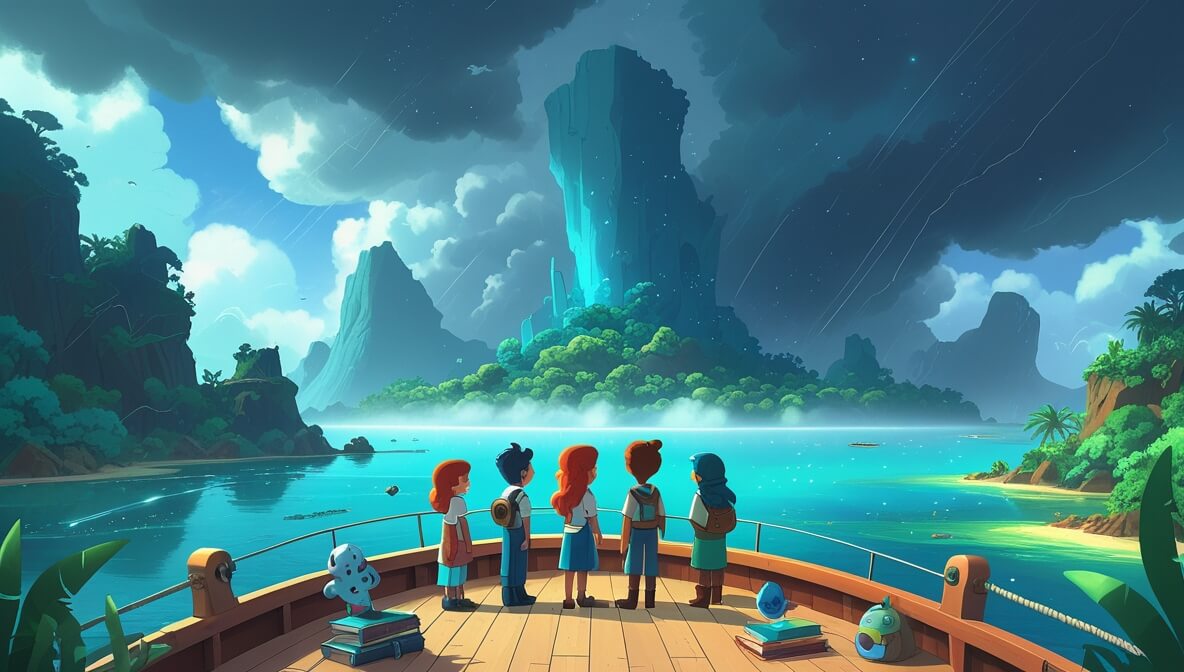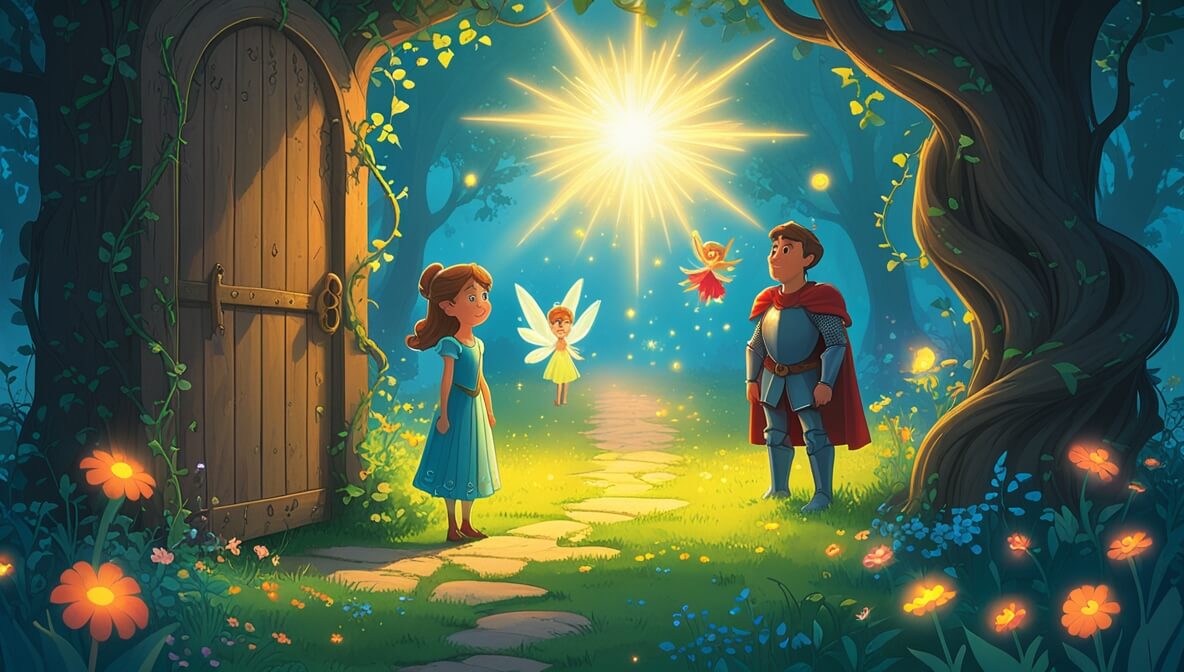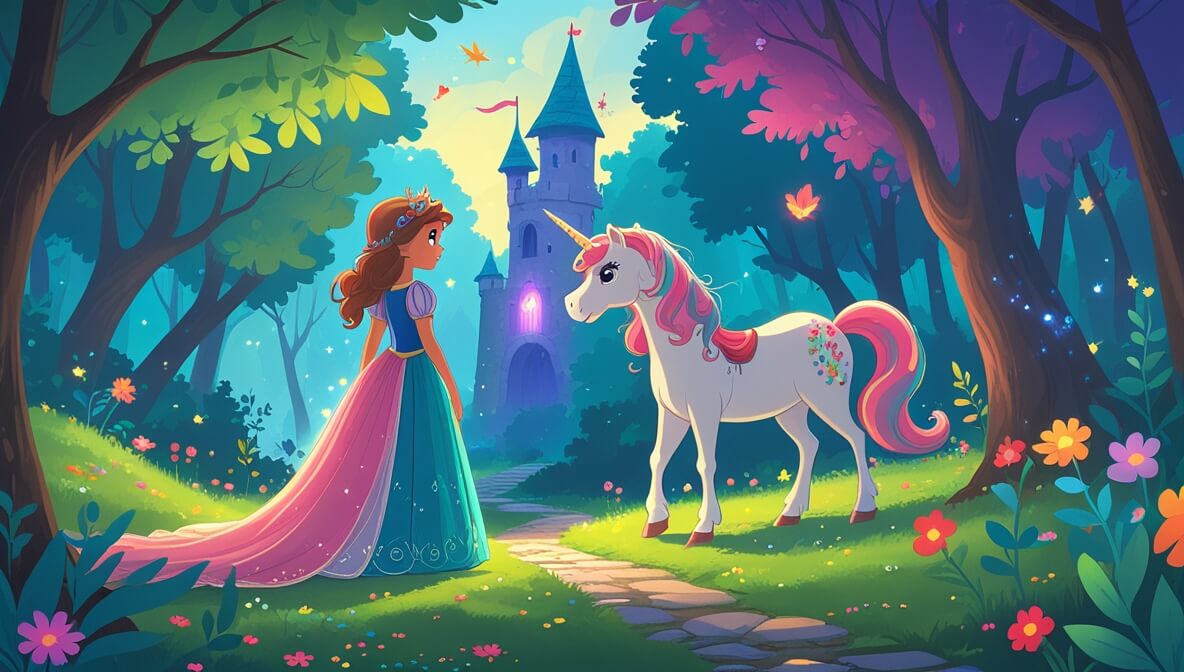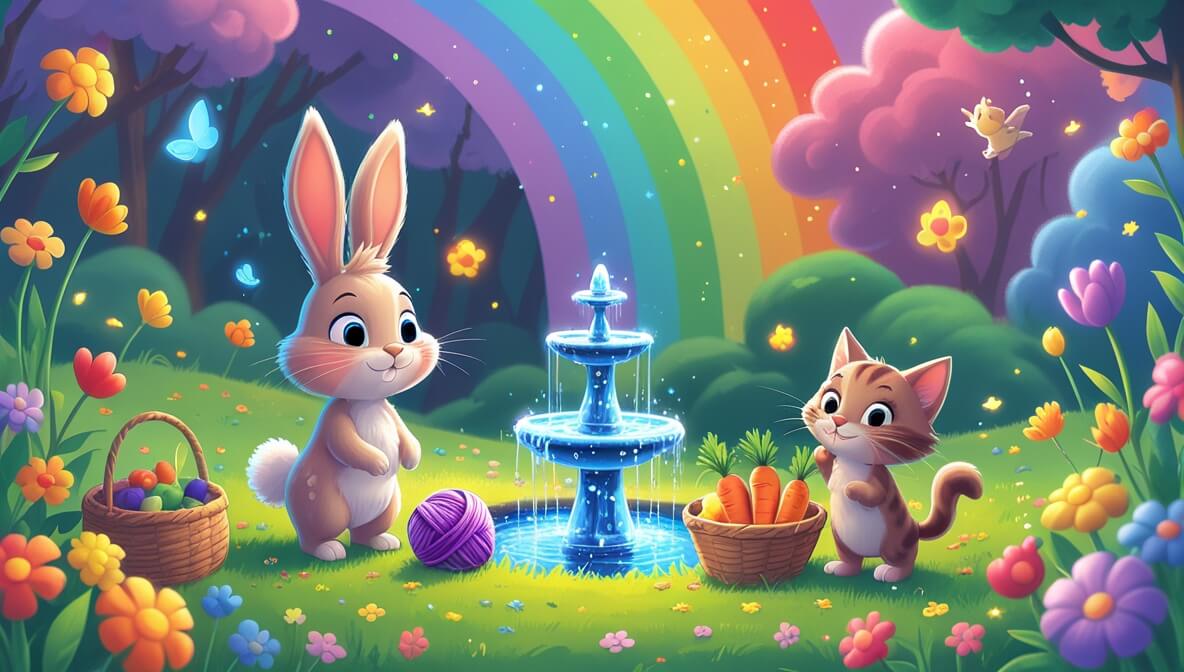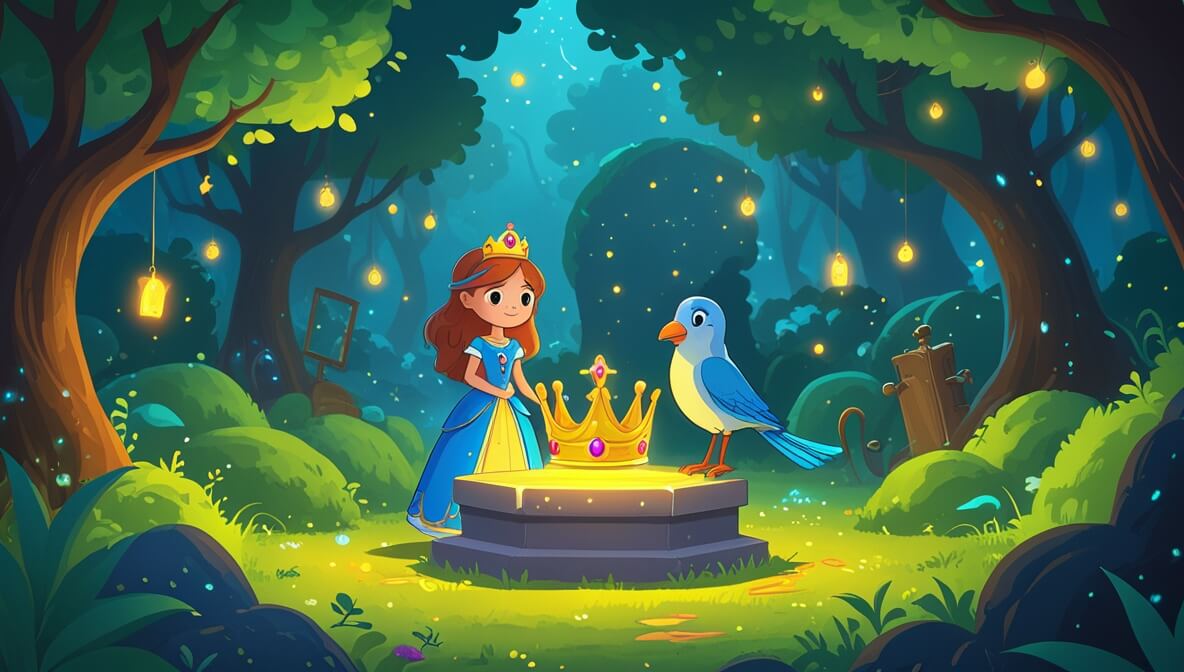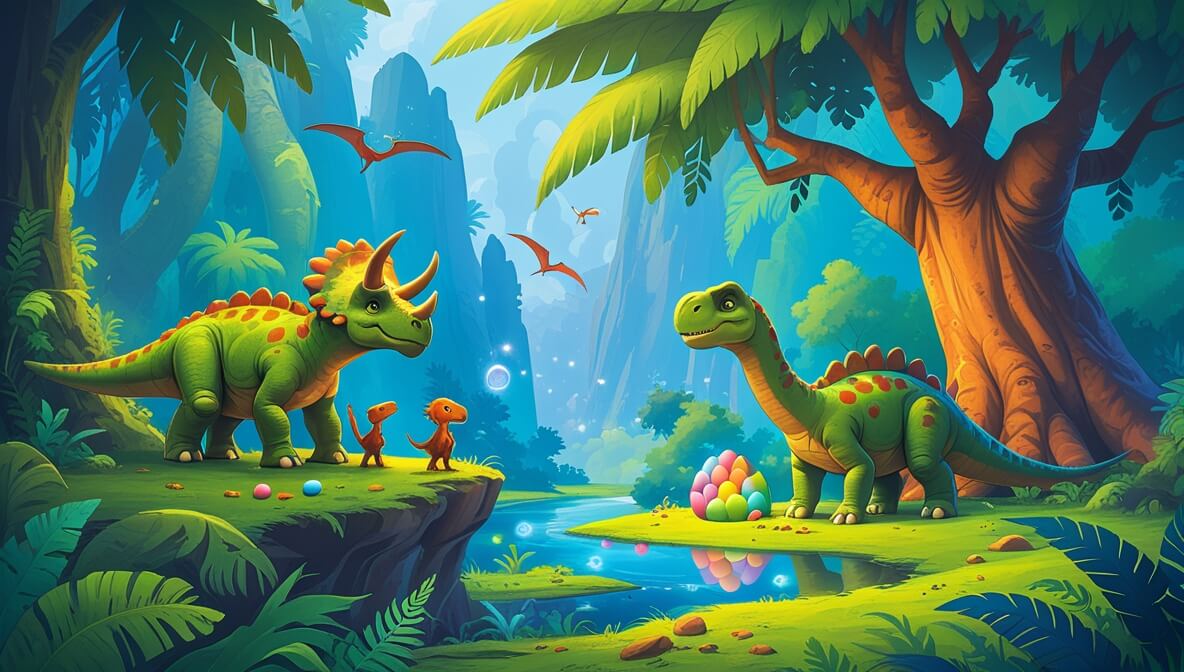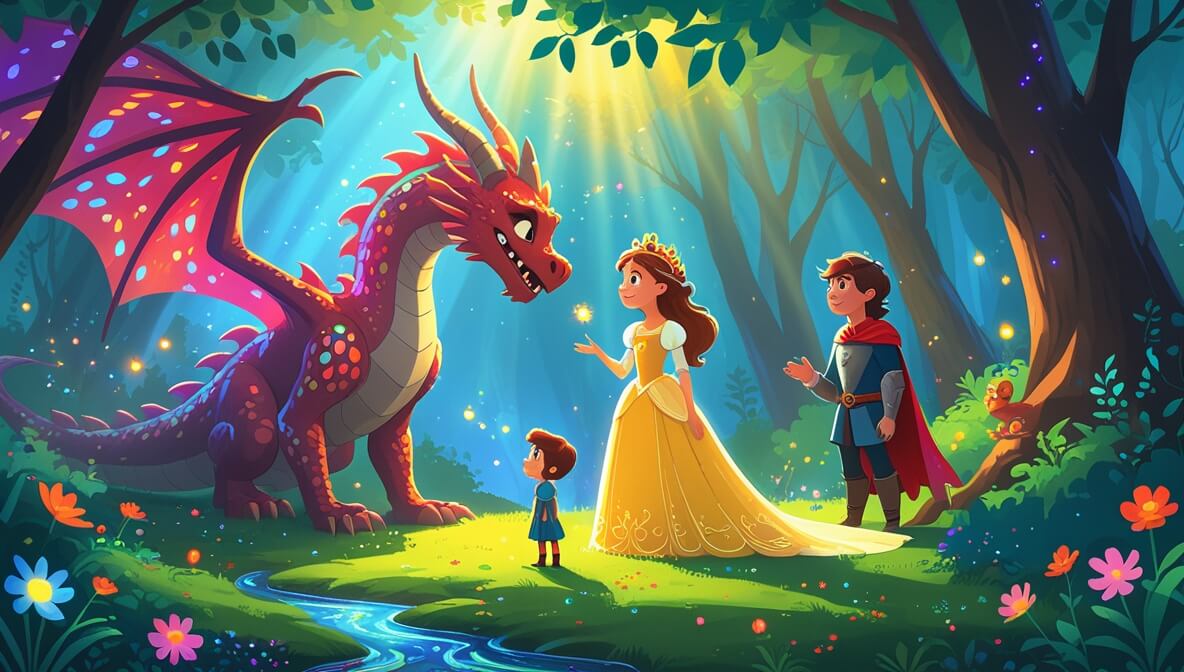Join Captain Coral and her loyal crew on a thrilling adventure to uncover a legendary treasure hidden on the mysterious Island of Whispers. This tale of bravery and friendship is sure to ignite young imaginations and inspire dreams of the high seas.
Age Recommendation
3 – 12 years
Characters
Characters:
- Captain Coral (a bold and adventurous pirate captain with a heart of gold)
- First Mate Finn (a clever and loyal first mate with a knack for solving puzzles)
- Piper the Parrot (a colorful parrot with a talent for mimicking voices and singing sea shanties)
- Squall the Sailor (a strong and brave sailor who never backs down from a challenge)
Story
On a bright and sunny morning, Captain Coral stood at the helm of her ship, the Sea Star, with her trusty crew by her side. **Today was the day** they would embark on their most daring adventure yet. An ancient map, discovered in a dusty old chest, promised **untold riches** and secrets on the Island of Whispers. **Captain Coral’s eyes sparkled with excitement** as she unfurled the map for all to see.
The Call of Adventure
“Ahoy, crew!” Captain Coral called out, her voice ringing across the deck. “Today, we set sail for the Island of Whispers! **Are ye ready to uncover the treasure of legends?**” The crew cheered, their voices filled with anticipation and courage. First Mate Finn, with his sharp eyes, studied the map closely. “Captain, the winds are favorable,” he said, pointing to the course they must take. “Let’s catch the wind and move swiftly!”
A Stormy Challenge
As the Sea Star glided through the vast blue sea, dark clouds began to gather on the horizon. **A storm was brewing**, but Captain Coral was undeterred. “Hold steady, crew!” she commanded. “**We’ve faced storms before, and we’ll face them again!**” Lightning flickered across the sky, and waves crashed against the ship, but the crew’s **unwavering trust in their captain** kept them strong. Piper the Parrot squawked encouragement, echoing Coral’s commands with flair.
The Secret of the Island
After battling the fierce storm, the crew finally caught sight of the Island of Whispers. **A mysterious mist surrounded it**, and the whispers of long-lost voices seemed to float on the air. Captain Coral surveyed the island and said, “Let’s find the hidden lagoon mentioned on the map!” With Finn leading the way, they ventured through lush jungles and over rocky cliffs until they reached the **shimmering lagoon**.
Treasure in the Cave
Behind a waterfall, a hidden cave beckoned them. Squall and Finn worked together to move a large rock blocking the entrance, revealing a **glittering trove of gold and jewels**. “We’ve found it!” Captain Coral exclaimed, her voice echoing joyfully through the cave. **The crew’s hard work and bravery had paid off**, and they celebrated their discovery with laughter and song.
The end.
Moral of the Story
Even when faced with challenges, bravery and teamwork can help you achieve great things. **Believe in yourself and your friends**, and you can overcome any storm and find the treasures of life.
Questions to Think About
- How did Captain Coral and her crew manage to find the treasure?
- What challenges did they face along the way?
- Why is it important to work together as a team?
- What would you do if you found a mysterious map?
- What qualities made Captain Coral a good leader?
Do You Know
- Some pirates used parrots as pets because they were colorful and could mimic words, which made them fun companions on long voyages.
- The Jolly Roger is the name given to the flags that pirates often flew to identify their ships.
Word Explorer
- Helm: The steering wheel of a ship.
- Lagoon: A shallow body of water separated from a larger sea by sandbars or coral reefs.
- Trove: A collection of valuable items or treasure.
Emotions in the Story
- Excitement: When Captain Coral announced their adventure, the crew felt thrilled and ready for the journey.
- Fear: During the storm, the crew felt a bit scared but trusted their captain to guide them safely.
- Joy: When they found the treasure, everyone felt happy and celebrated their success together.
Color Your Scene
Imagine the moment when Captain Coral and her crew discover the hidden lagoon shimmering under the sunlight. Picture the lush green jungle, the sparkling blue water, and the rainbow of colors as the treasure glistens in the cave. **Draw this scene using vibrant colors** to capture the magic of their discovery.
Parents’ Corner
This story is a great way to talk to your child about:
- Teamwork: Discuss how Captain Coral and her crew worked together to overcome the storm and find the treasure.
- Bravery: Talk about how facing fears and challenges can lead to great rewards.
- Problem-solving: Encourage your child to think about how the crew solved the puzzles and challenges on their adventure.
- Leadership: Explore what makes a good leader and how Captain Coral’s leadership inspired her crew.

